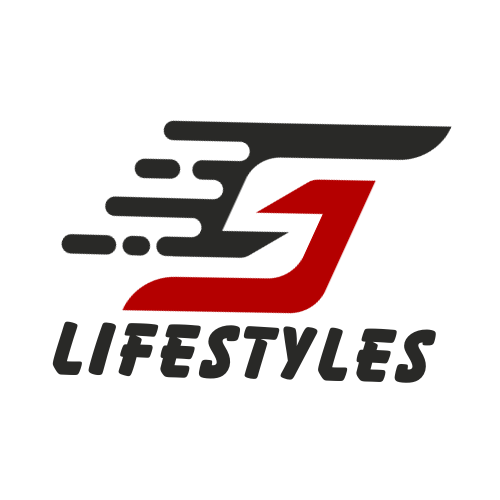For many people, tiny spider veins that can appear on the legs and face are more than just a cosmetic concern – they can also be symptomatic. Fortunately, today there are several highly effective treatment options that can safely and discreetly remove even deeply set spider veins. By understanding each approach, patients can work with their doctor to determine the best solution based on individual goals and vein characteristics.
Sclerotherapy
As the most commonly used treatment, sclerotherapy involves injecting a saline or chemical solution into the vein to trigger an inflammatory response causing it to collapse and eventually be reabsorbed by the body. This minimally invasive process is very effective, treating up to 95% of visible spider veins in just one or two treatments spaced 4-6 weeks apart.
During an office-based procedure, the vascular specialist will first isolate the target vein using ultrasound guidance or tactile methods. A tiny needle is then used to inject the sclerosing solution. Patients may feel brief stinging or cramping sensations, but numbing creams can reduce any discomfort. The treated veins gradually fade over 4-8 weeks as the body naturally eliminates them. Most people resume normal activities immediately with little to no bruising or scarring.
While sclerotherapy works wonders for most, it requires some technical skill by the provider to navigately reamer veins. For those with deeper, more prominent veins or post-phlebitic syndrome, other advanced options may prove more suitable. However, for mild to moderate spider veins close to the surface, many consider sclerotherapy the classic first-line treatment choice.
Laser Therapy Targeted Removal
An innovated technology for spider vein treatment is laser therapy. Similar to sclerotherapy, this office procedure uses a thin, light-based catheter to close off targeted veins from within. Vascular specialists thread the laser fiber through small insertion sites to deliver pulsed energy emissions directly into the vein interior.
The heat rapidly coagulates the vessel wall without damaging surrounding tissue. Multiple pulses are applied as the catheter is slowly extracted to close the treated segment. Patients feel no more than mild discomfort, like a rubber band snap. Bruising is minimal and healing swift.
What gives laser therapy an edge over sclerotherapy is its ability to precisely treat individual thread-like veins less than 1mm in diameter plus deeper tributaries that often cluster. This high degree of accuracy and controlled closure of the entire vein means exceptional, long-lasting clearing of even stubbornly resistant spider veins. Drawbacks include the higher cost and limited treatment area per session compared to sclerotherapy.
Radiofrequency for Vein Ablation
Another minimally invasive option is radiofrequency vein ablation. Like laser treatment, it involves threading a small catheter into target veins. At its tip is an electrode that delivers radiofrequency energy to coagulate the vessel from within. As the catheter withdraws, it continuously ablates the treated vein segment allowing for nearly painless and complete closure.
Patients appreciate radiofrequency’s comfortable warmth sensation over other therapies’ sensations. Bruising is rare and recovery quick at just 1-2 days. Its thorough ablation without difficulty reaching small or deep veins makes it well-suited for people with lumpy varicose veins near the ankle. Overall discomfort and bruising are considerably less than older vein stripping surgery as well.
While not quite as targeted as laser therapy, quality ultrasound guidance helps specialists continuously monitor treatment and ensure full vein closure with radiofrequency ablation. Some studies even demonstrated its long-term effectiveness in closing deeper reamer veins that sclerotherapy cannot access. Coupled with its favorable safety profile, radiofrequency continues growing in popularity as an innovative spider and varicose vein removal method.
Vein Stripping Surgery
While newer technologies now take precedence, traditional surgical stripping and ligation of varicose and spider veins remains an effective treatment, especially for severe, advanced cases. Performed under local anesthesia, a small incision is made near the affected vein before it is physically pulled out of the leg. Sutures then ligate any branches and tributaries.
Though more invasive with a 2-4 week recovery, stripping successfully removed over 90% of problematic veins when less advanced therapies had failed or greater clearance was needed. It essentially “reset” the circulatory system in severely symptomatic patients. For those unable to undergo minimally invasive options, selective vein stripping still plays an important role in quality-of-life improving vein care when performed by a qualified phlebologist.
Compression Therapy
Whether alone or in combination with spider vein removal procedures, compression garments and stockings help manage leg vein issues, alleviate swelling, and prevent new spider veins from developing over the long term. Specialized elastic stockings gently constrict the lower limbs, supporting the vein walls and muscle pumps to effectively redirect blood flow up the legs.
As a non-invasive supplement to any treatment plan, compression wear allows patients to stay active while continuing therapy. New spider veins are less likely to form under their steady reinforcement. For those at risk or with spider veins caused by an underlying condition, adhering to compression’s preventative measures over the lifespan is emphasized. It strengthens veins without uncomfortable procedures, making compliance more realistic long-term.
Holistic Health for Optimal Vein Health
Beyond medical vein removal treatments, making sustainable lifestyle adjustments like losing excess weight, quitting smoking, staying hydrated, and managing stress levels naturally supports venous health. Getting regular cardio exercise promotes good blood flow without straining the veins. Drinking flavonoid-rich green tea can help strengthen vessel walls. These self-care strategies work harmoniously with prescribed therapies to holistically manage veins over the long haul.
With patience and consistency, the combination of interventional treatments, compression support, and holistic health maintenance provides the comprehensive approach needed for excellent spider and varicose vein control. Specialized care ultimately centers around each patient’s unique clinical severity, concerns, and vein characteristics to establish the most effective personalized long-term care plan.
In Summary:
- Sclerotherapy uses injected solutions to collapse spider veins and is very effective for mild to moderate veins close to the skin.
- Laser and radiofrequency therapies precisely close individual veins from within using light or thermal energy, targeting even tiny hard-to-reach veins.
- For deep varicose veins, advanced endovenous therapies like EVLT and radiofrequency ablation close greater trunk veins beneath the skin.
- Vein stripping remains an option for severe cases when less invasive options aren’t suitable.
- Compression garments support vein and muscle health long-term to prevent new spider veins.
- Practicing holistic self-care with lifestyle adjustments and herbal remedies complements medical treatments for total vein wellness.
Combining different minimally invasive options into comprehensive customized plans provides the best solution based on each person’s unique situation and treatment goals.
The key is finding an experienced phlebologist to determine the best strategy after factoring in clinical severity, individual concerns, and specific vein characteristics needing treatment. With adherence to planned medical therapies and healthy lifestyle habits, optimal spider and varicose vein management is within reach.

